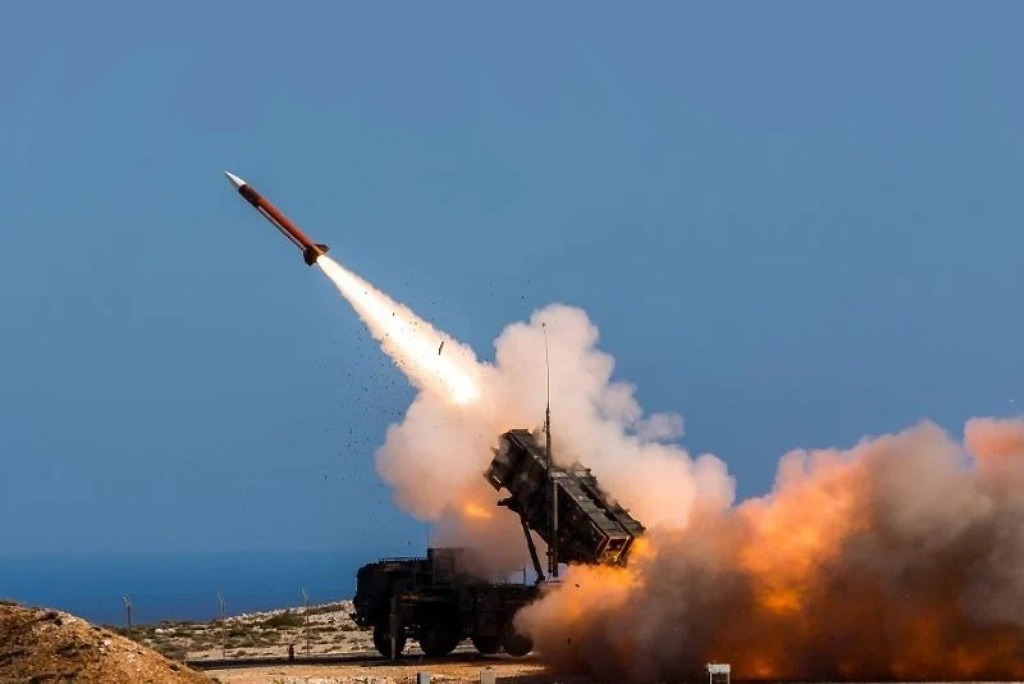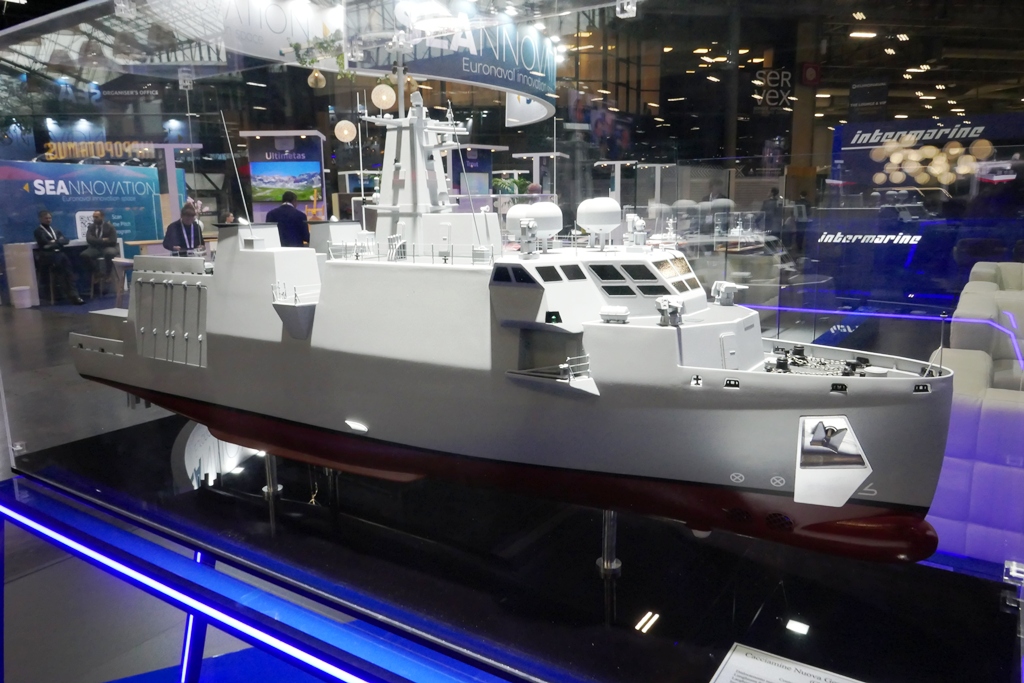Advancements in Precision Munitions: The U.S. Air Force’s New Contract with Applied Research Associates
Overview of the Contract
In a strategic move to enhance its operational capabilities, the U.S. Air Force has granted a two-year contract to Applied Research Associates (ARA) aimed at the design and prototyping of a next-generation bunker-busting munition. This contract follows the deployment of such munitions against vital Iranian nuclear infrastructure, particularly the facility located at Fordo.
Project Details and Collaborations
ARA, based in Albuquerque, New Mexico, is set to lead the development of the air-to-ground Next Generation Penetrator, which is designed to supersede the current GBU-57 Massive Ordnance Penetrator (MOP). Key aspects of the project include:
- Partnership with Boeing: Boeing, having originally manufactured the MOP, will collaborate with ARA to design the tail kit for the new munition and will assist in the overall integration process.
- Prototype Testing: After the design phase, ARA will produce and validate both subscale and full-scale prototypes to ensure efficacy against hard targets.
National Security Implications
According to ARA, this venture intends to assess weapon capabilities against fortified and deeply buried adversarial targets that present significant challenges to U.S. national security interests. The demand for such advanced munitions is underscored by recent geopolitical events, highlighting the necessity for precision strike capabilities.
Key Features of the Next Generation Penetrator
- Weight Specifications: The Air Force has outlined a desired warhead weight limit of 22,000 pounds, in contrast to the nearly 30,000-pound MOP. The reduction in weight is anticipated to improve delivery efficiency while maintaining destructive power.
- Operational Flexibility: The munition should possess blast, fragmentation, and penetration effects, enhancing its versatility against various target types, including underground laboratories and command centers.
Timeline and Production Requirements
As outlined in the Air Force’s request for information, the contract requires ARA to:
- Deliver approximately 10 subscale warheads alongside three to five full-scale versions within a timeframe of 18 months to two years.
- Incorporate a navigation system that can operate effectively in environments where adversaries have compromised or denied GPS capabilities, thereby bolstering the munition’s reliability in contested environments.
Context and Recent Deployments
The use of bunker-buster munitions has become a cornerstone of military strategy for neutralizing hardened installations. The recent application in attacks on the Iranian Fordo facility emphasizes the increasing reliance on such capabilities to address modern threats, particularly as adversaries harden their military assets.
Future Outlook
As geopolitical tensions continue to evolve, the importance of precision strike munitions like the Next Generation Penetrator is set to grow. Enhanced capabilities will not only improve U.S. operational effectiveness but also serve as a deterrent to potential adversaries, underscoring the ongoing need for innovation in defense technologies.
In summary, ARA’s initiative to develop the next-generation bunker-buster reflects a broader trend toward sophisticated and adaptable military capabilities in an increasingly complex global security environment.





